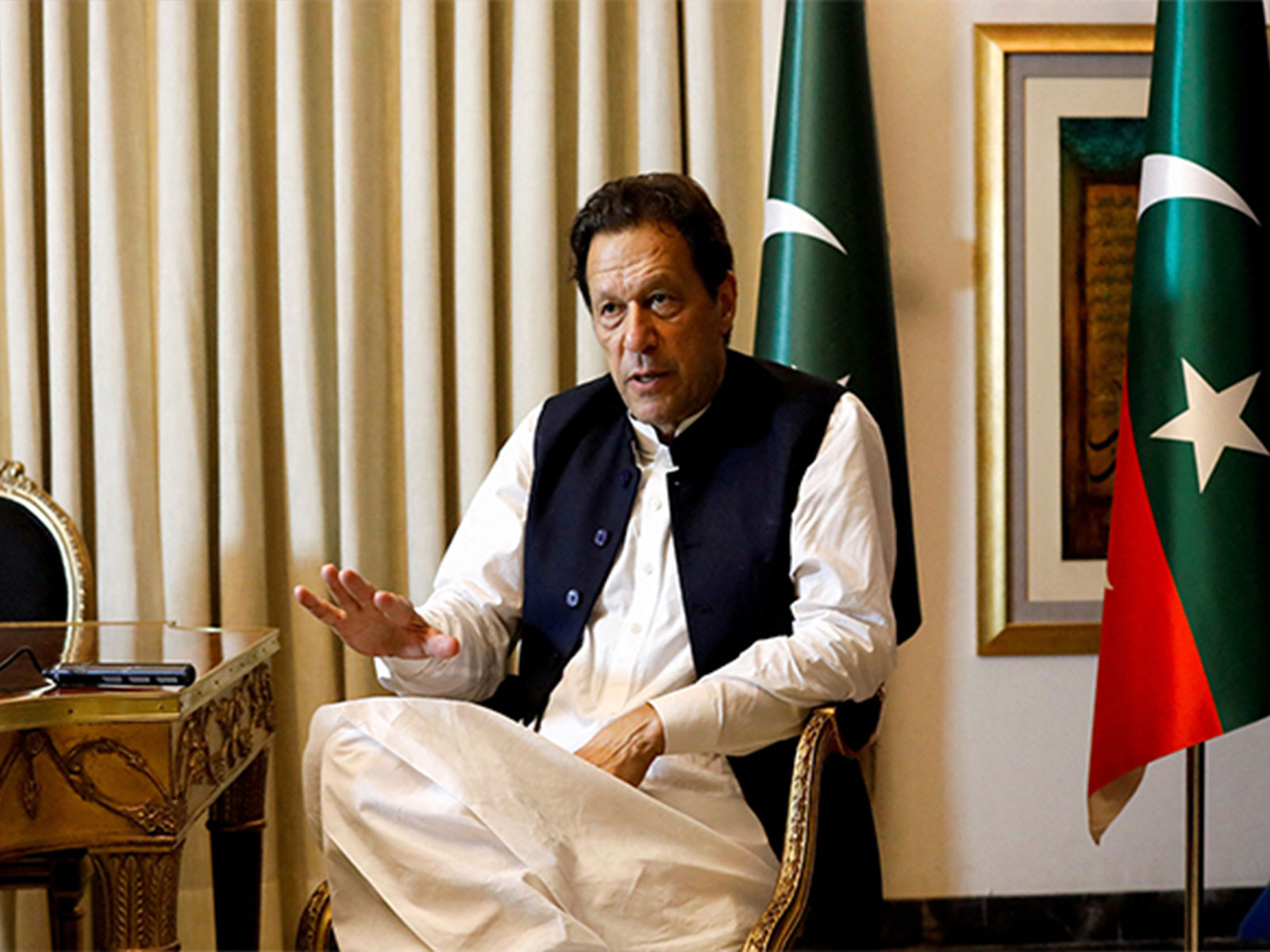The mismatch is hard to ignore: Africa accounts for 18% of the global population and 5% of GDP, yet attracted just 0.6% of global venture capital (VC) in 2024. While funding rose from $1.4 billion in 2019 to a peak of $4.6 billion in 2022, it fell sharply to $1.5 billion last year.
Over the same period, the number of active VC investors dropped from more than 1,000 to just over 500, and only 188 startups raised capital in 2024, compared to 353 at the peak in 2022 and a base of 117 in 2019.
This is not just a cyclical slowdown; it reflects deeper structural constraints in how capital is accessed, allocated, and scaled across the continent. It invites a rethink of the role of venture capital in Africa — a sector that holds the potential to catalyse transformative change, but only if it evolves to meet African realities.
We have highlighted four key areas to consider:
1. VCs will need to have boots-on-the-ground experience
Global models often assume mature infrastructure and high consumer liquidity and, in return, demand a “grow-at-all-costs” trajectory. Yet these conditions are not consistently present across African markets.
As an example, the African Development Bank estimates the continent’s annual financing gap for structural transformation at more than $400 billion. These gaps require a rethinking of how capital is deployed — with strategies rooted in sustainable growth, contextual insight, and business resilience that enable startups to thrive amid real-world constraints.
The role of VCs with Africa experience, grounded in the lived realities of the markets they serve, becomes indispensable.
2. African startups build ecosystems, not just products
A critical mindset shift is recognising that in Africa, startups are not just building products — they are building ecosystems. By addressing consumer needs, they also fill infrastructure gaps.
In this context, the role of venture capital is not just to fund innovation, but to support the systems that innovation depends on. This makes African VCs patient ecosystem builders; this is especially true in foundational sectors with deep structural barriers like fintech, logistics, and energy, which together accounted for 80% of Africa’s VC funding in 2024.
3. Diversification is needed as VC is underpenetrated and too concentrated
Yet even as startups take on the work of building ecosystems, a critical structural gap persists: the capital needed to scale them remains out of reach for many. While seed funding has grown in recent years, follow-on capital — from Series A onwards — remains scarce.
The data illustrates this imbalance: in 2024, the top ten investments accounted for 51% of total deal value, and just 28 startups absorbed nearly half of all VC funding on the continent between 2019 and 2024.
Geographically, 84% of 2024’s VC funding went to only four countries: Nigeria, Kenya, South Africa, and Egypt. Without more sustained growth-stage financing and long-term commitment, many ventures that have proven viable and impactful risk stalling before they scale — or even worse, failing due to a lack of financing.
4. More funding is needed, and it can and must come from the continent
But allocation is only part of the equation. Africa must mobilise its domestic capital base to align with the specific needs of the continent.
The Africa Finance Corporation recently noted that an estimated $4 trillion is held by domestic institutions such as pension funds — capital that could be redirected toward critical infrastructure and enterprise development. Ghana’s new policy mandating that 5% of pension fund assets be allocated to venture capital and private equity, amounting to approximately $300 million annually, offers a concrete example of how local capital can play a catalytic role.
Projections show Africa’s population will grow from around 1.5 billion today to approximately 3.8 billion by 2100, representing nearly 40% of the world’s population. The choices made today about how we fund, scale, and support innovation on the continent will shape not just Africa’s future, but the future of global markets, labour forces, and growth trajectories.
We just cannot afford for venture capital in Africa to be an afterthought given its crucial role in the private sector.









